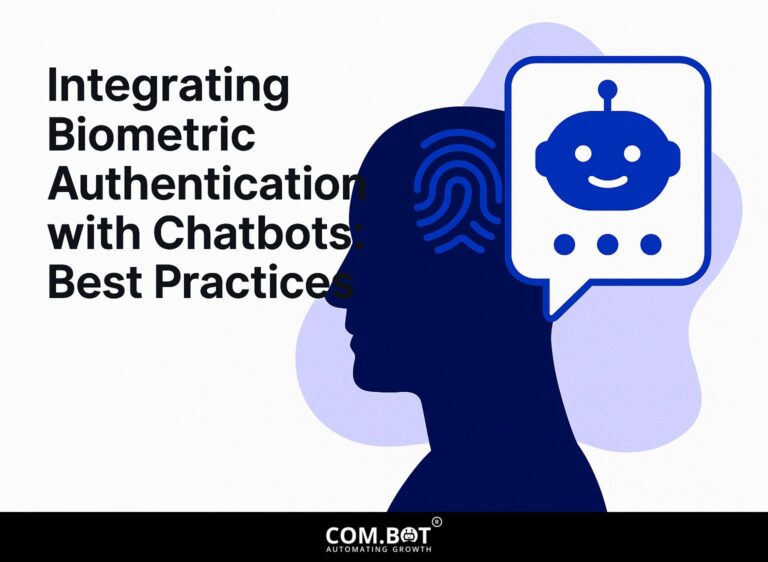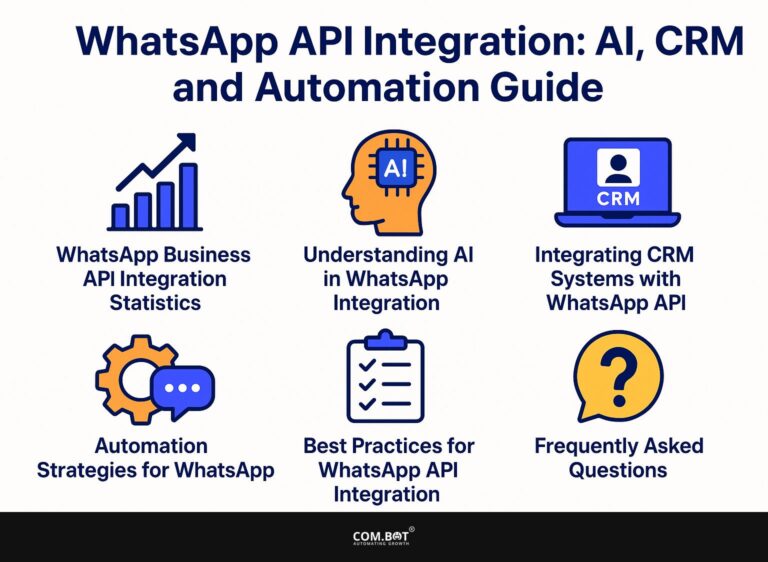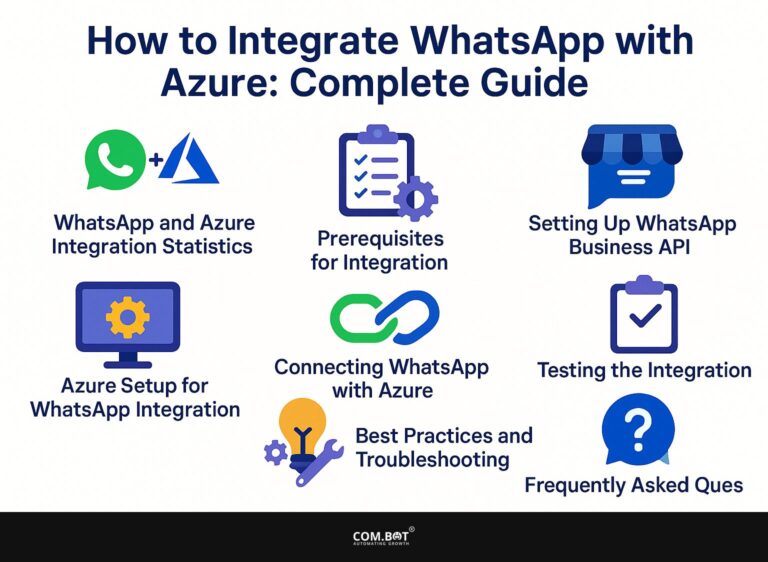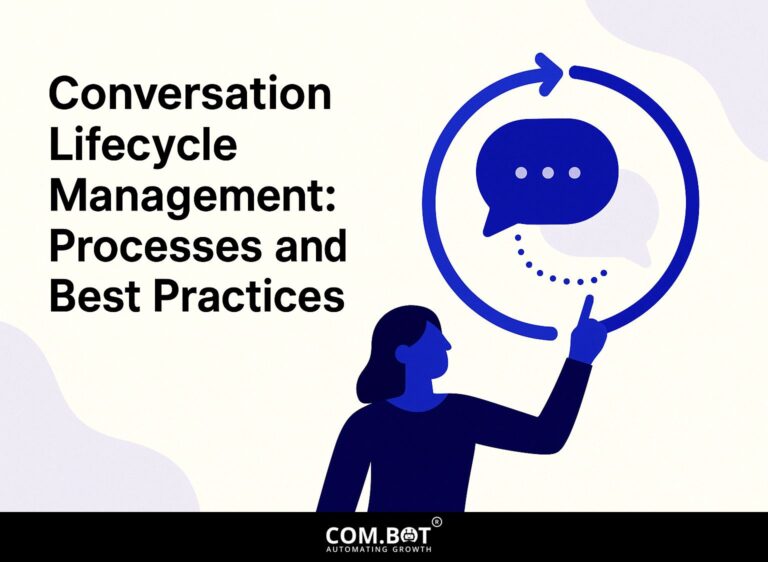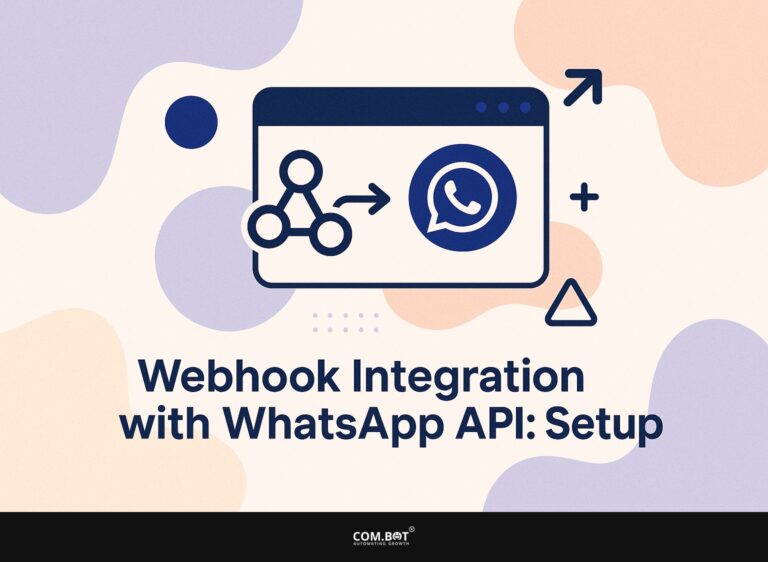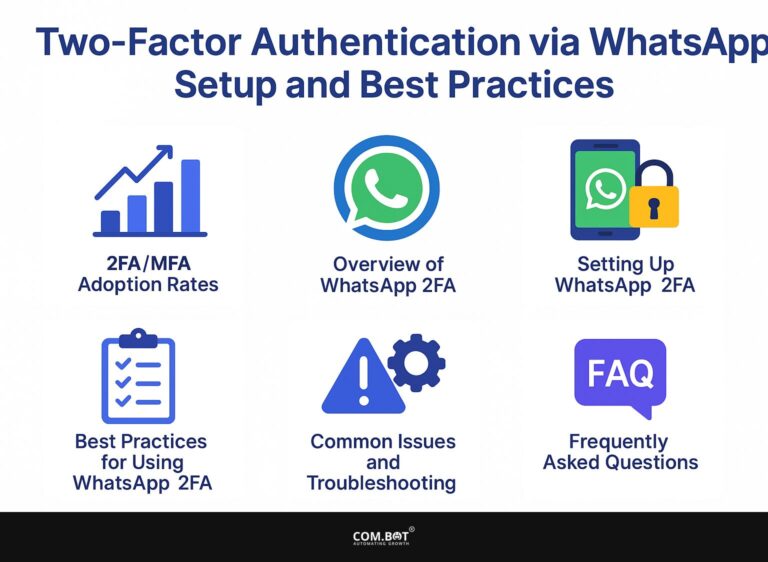AI Chatbots: Multilingual Support, Benefits, and Implementation
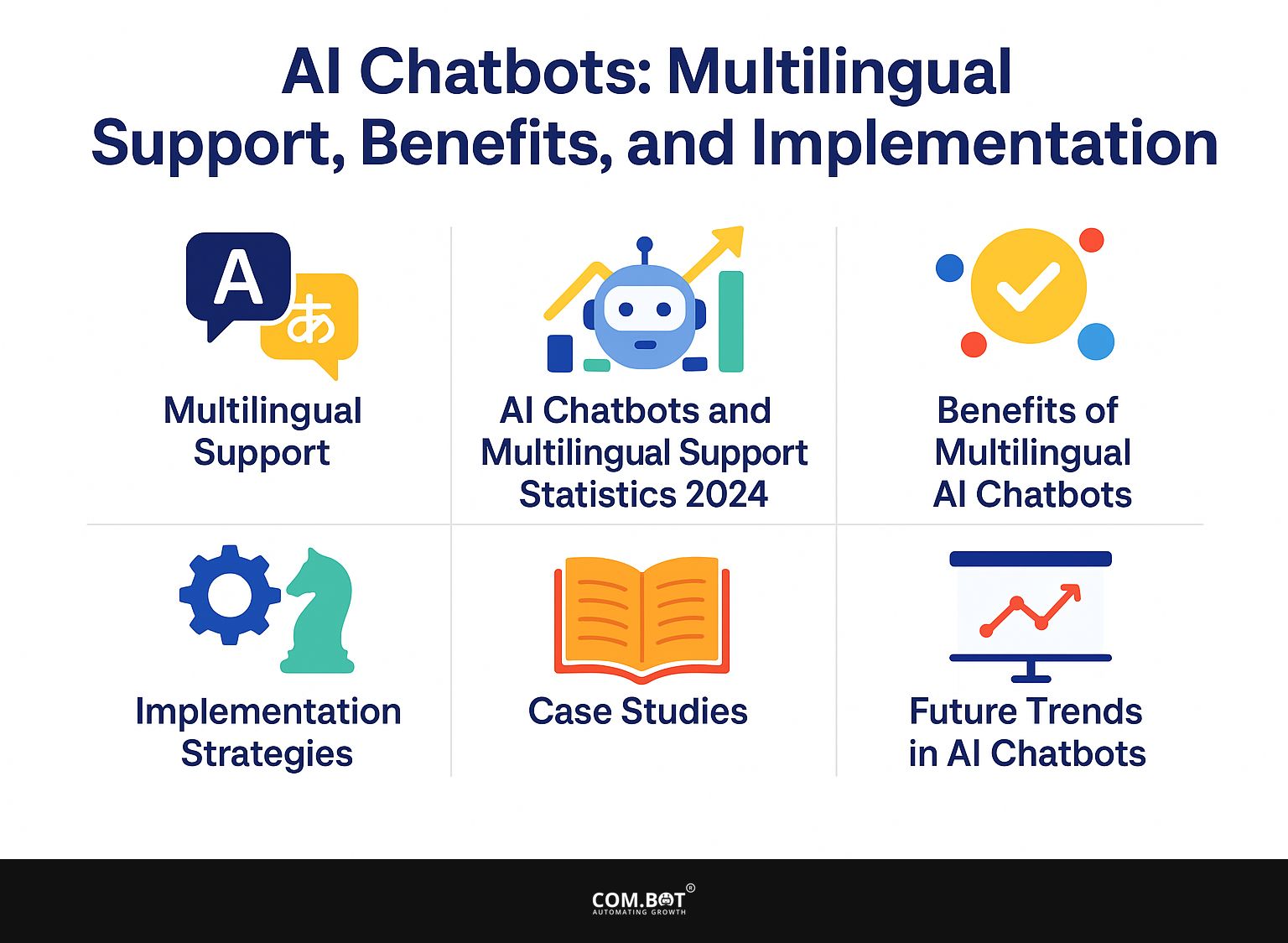
In the global market, getting past language differences is key for a great customer experience. Multilingual chatbots are strong AI tools that Freshworks uses to improve communication.
This article examines the advantages of using chatbots that can speak multiple languages, such as improving how users engage and widening audience access. Learn how using these modern systems can change your business plan and make your customers happier.
Key Takeaways:
- Supporting multiple languages in AI chatbots is important for better user experience and reaching more customers. However, handling different languages can be difficult.
- Creating AI chatbots that can support different languages requires choosing the right technology and linking them properly with existing systems to reduce expenses and maintain good performance.
- As natural language processing improves and global communication becomes easier, AI chatbots are expected to become more effective and useful.
- 1 Multilingual Support in AI Chatbots
- 2 AI Chatbots and Multilingual Support Statistics 2024
- 2.1 AI Chatbot Market Growth: Global Market Size
- 2.2 Chatbot Integration & Usage: Business Integration
- 2.3 Chatbot Integration & Usage: Consumer Sentiment
- 2.4 Virtual Assistants and Productivity: Virtual Assistant Market Size
- 2.5 1. Importance of Multilingual Capabilities
- 2.6 Challenges in Multilingual Processing
- 3 Benefits of Multilingual AI Chatbots
- 4 Implementation Strategies
- 5 Case Studies
- 6 Future Trends in AI Chatbots
- 7 Frequently Asked Questions
- 7.1 1. What is the importance of multilingual support in AI chatbots?
- 7.2 2. What benefits can AI chatbots with multilingual support bring to businesses?
- 7.3 3. How is multilingual support implemented in AI chatbots?
- 7.4 4. What are the challenges in implementing multilingual support in AI chatbots?
- 7.5 5. Can AI chatbots with multilingual support understand and respond to slang and informal language?
- 7.6 6. How can I create a working multilingual support system for my AI chatbot?
1. Definition and Purpose
AI chatbots are software applications designed to simulate human conversation through voice or text, primarily used in customer service to improve engagement. They improve customer interactions by offering round-the-clock support, answering common questions, and tailoring responses based on user data.
For instance, Freshworks employs AI algorithms to analyze customer inquiries and tailor answers, improving response times and satisfaction. Tools like Intercom integrate seamlessly with websites, enabling chatbots to capture leads and gather user feedback.
Drift uses AI to qualify leads automatically, ensuring sales reps focus on high-value prospects. Related insight: Feedback Collection with AI Bots: Methods and Advantages By using these technologies, businesses can greatly improve how well their customer service works.
2. Evolution of Chatbot Technology
The evolution of chatbot technology has advanced from basic rule-based systems to sophisticated AI-driven interfaces powered by Natural Language Processing (NLP). NLP improves chatbots by helping them grasp and make sense of human language, including idioms, slang, and cultural references.
For example, platforms like Google Dialogflow use NLP to help chatbots have smooth and realistic conversations with users. To further enhance these interactions, businesses can consider integrating AI WhatsApp bots to boost e-commerce sales and improve business communication.
Companies can train their chatbots on specific datasets to better cater to regional dialects or industry-specific terminologies, further improving user satisfaction.
As a result, businesses can build stronger, culturally aware customer relationships through their chatbot interactions.
Multilingual Support in AI Chatbots
Supporting multiple languages in AI chatbots is important for businesses that want to meet the various language needs of international customers, improving customer satisfaction. If you’re looking to expand this capability, consider starting with platforms that have a built-in user base. For instance, creating a WhatsApp AI chatbot can significantly enhance customer interaction, as outlined in our step-by-step guide.
AI Chatbots and Multilingual Support Statistics 2024
AI Chatbots and Multilingual Support Statistics 2024
AI Chatbot Market Growth: Global Market Size
Chatbot Integration & Usage: Business Integration
Chatbot Integration & Usage: Consumer Sentiment
Virtual Assistants and Productivity: Virtual Assistant Market Size
The AI Chatbots and Multilingual Support Statistics 2024 offers a detailed view on the expansion and use of AI chatbots and virtual assistants in different industries, along with how consumers feel about these technologies.
Focusing on the AI Chatbot Market Growth, the global market size for AI chatbots was valued at $5.1 billion in 2023 and is projected to reach a substantial $36.3 billion by 2032. This impressive increase, fueled by a Compound Annual Growth Rate (CAGR) of 24.4%, signifies the increasing reliance on AI technologies to improve customer service and operational efficiencies.
- B2B and B2C Integration: The integration of chatbots in businesses is notable, with 60% of B2B companies and 42% of B2C companies already utilizing these technologies. Using chatbots helps make customer interactions more efficient and speeds up response times.
Consumer Sentiment towards AI chatbots reflects a strong preference for this technology over traditional methods. An overwhelming 94% of consumers believe call centers are obsolete, and 96% prefer chatbots over traditional support. These sentiments indicate a significant shift towards digital interaction channels, driven by the efficiency and immediacy that chatbots offer.
In the realm of Virtual Assistants and Efficiency The virtual assistant market was valued at $4.2 billion in 2023 and is expected to grow to $11.9 billion by 2030. This growth represents a robust CAGR of 34% In recent years, more businesses are using virtual assistants to manage tasks, improve efficiency, and offer custom interactions for customers.
The AI Chatbots and Multilingual Support Statistics 2024 Data shows important trends in AI technology use, highlighting its increasing role in business operations and consumer interactions. The predictions and widespread use highlight a time ahead when AI chatbots and virtual assistants play a key role in offering effective, expandable, and customer-focused services.
1. Importance of Multilingual Capabilities
Offering multilingual capabilities allows companies to effectively communicate with customers in their preferred languages, which is essential for improving customer experience. This method can greatly improve customer interaction because research indicates that 75% of customers like to communicate with companies in their own language.
By using chatbots that speak multiple languages, brands can offer support at any time of day, no matter the time zone, answering questions quickly. Tools such as Google Cloud Translation API or IBM Watson Language Translator enable seamless translations.
To build brand loyalty, make sure your chatbot understands and respects cultural differences and local ways of communicating. This helps make the conversations feel personal and connected. This strategy increases your audience and strengthens relationships.
Challenges in Multilingual Processing
Setting up multilingual chatbots can be challenging because of language processing and recognizing cultural differences, even though it has advantages.
To tackle these issues, consider the following strategies.
- First, invest in advanced Natural Language Processing (NLP) tools like Google Cloud Translation API or IBM Watson, which offer better context comprehension and language detection.
- Adding cultural awareness training when developing chatbots is important. Tools like Culture Compass help customize replies for different cultures.
- Regularly testing your chatbot with native speakers helps it handle conversations correctly.
This combination makes user interaction better and reduces confusion.
Benefits of Multilingual AI Chatbots
Multilingual AI chatbots offer important advantages, like better user experience, wider market access, and cost savings for businesses, especially when leveraging powerful platforms like the Com.bot Multilingual Chatbot (a hidden gem in the chatbot industry).
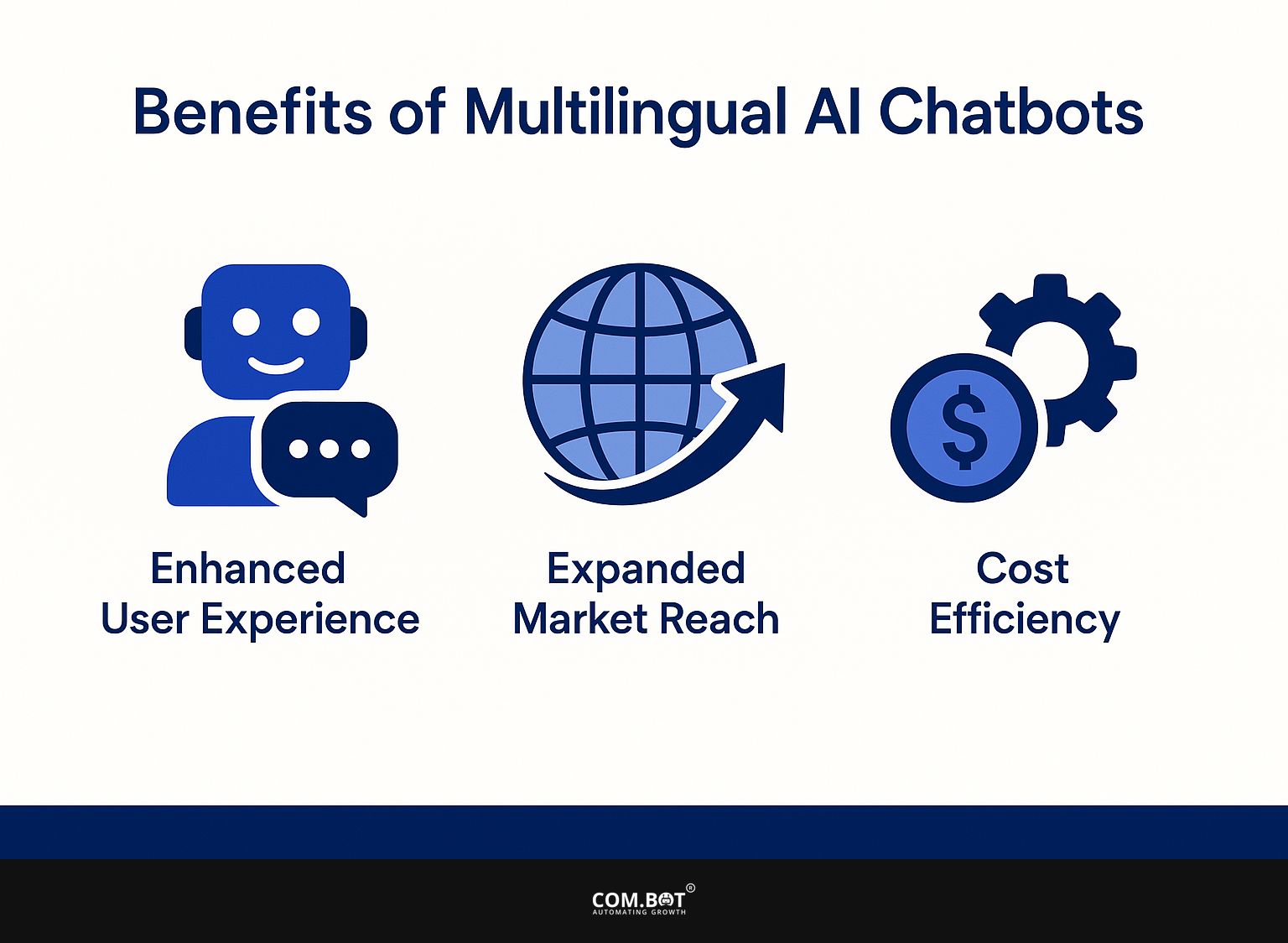
1. Enhanced User Experience
Chatbots that speak multiple languages make user experience better by offering help in the customer’s own language, which results in higher satisfaction.
For instance, companies like Airbnb and Sephora have successfully integrated multilingual chatbots, resulting in a reported 30% increase in user satisfaction.
Companies can easily make chatbots with Google Dialogflow or Microsoft Bot Framework. They support over 20 languages and can be customized to understand local dialects, ensuring relevance.
Brands can use analytics to regularly improve their chatbot responses based on user feedback, making the user experience better.
2. Expanded Market Reach
By using support for multiple languages, businesses can connect with customers who speak other languages and access new sources of income.
For instance, Teleboy, a Swiss streaming service, offers customer support in multiple languages, allowing them to effectively cater to diverse demographics.
Unilabs, a company that offers diagnostic services, has started using a chatbot that can talk in different languages, helping patients communicate in different areas.
By utilizing tools like Chatfuel or Tidio, companies can easily create these multilingual chatbots without extensive coding. This approach enhances customer engagement with the brand and significantly increases sales in new markets, resulting in business expansion and stronger customer loyalty.
3. Cost Efficiency
Multilingual chatbots can reduce customer service costs by automating support in various languages, lowering the need for additional staff.
For example, employing a multilingual chatbot can save companies approximately $50,000 annually, as the average salary for a multilingual customer service representative can exceed $30/hour.
In contrast, a dedicated chatbot service like Intercom or Zendesk can start as low as $200/month. These bots can handle thousands of inquiries simultaneously, which drastically reduces response times and increases customer satisfaction.
Chatbots can handle simple questions, letting human agents concentrate on more complicated issues, which improves efficiency.
Implementation Strategies
To successfully use AI chatbots that support multiple languages, you need to plan carefully and choose the right technology so they work smoothly with your current systems.
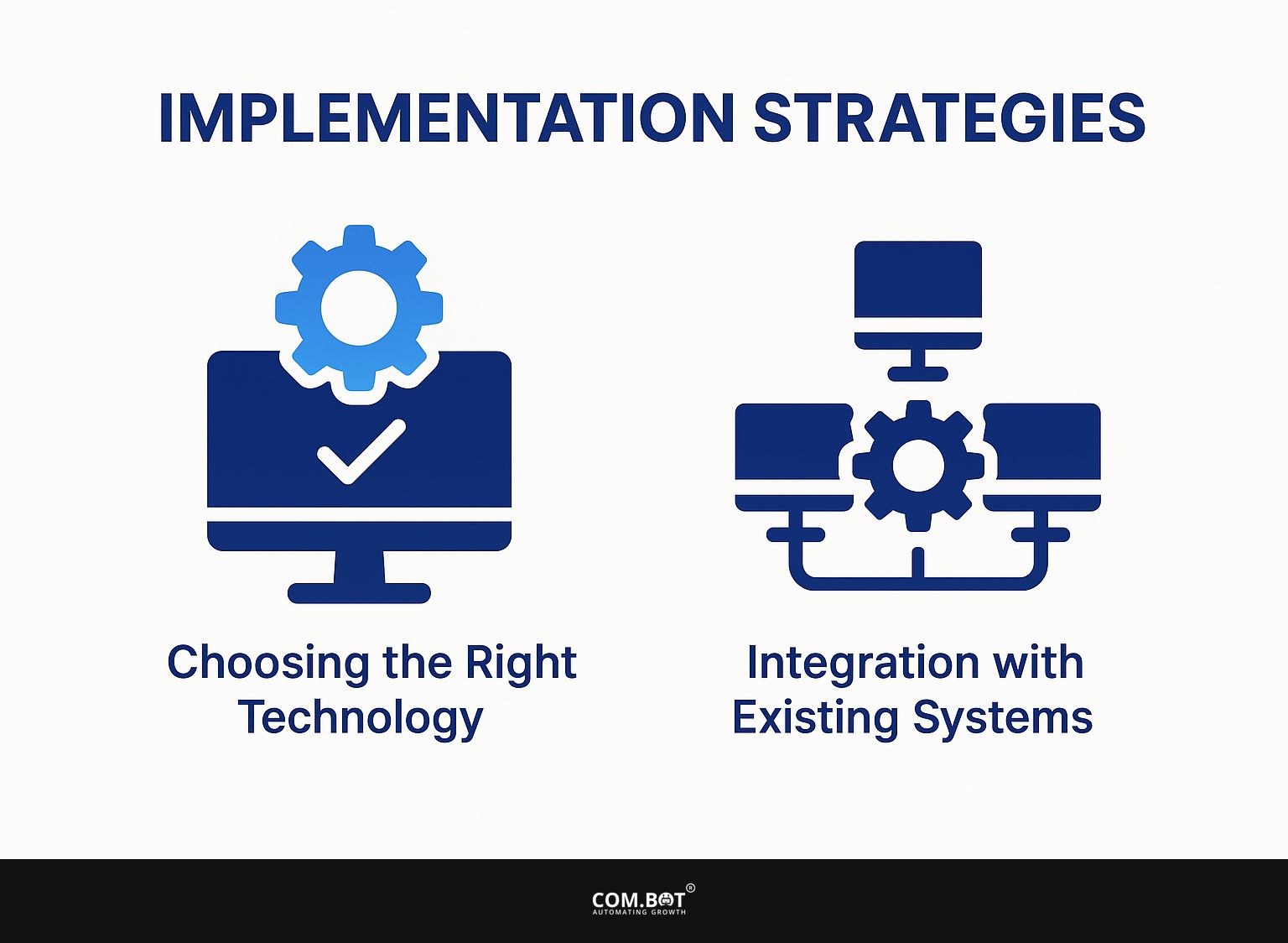
1. Choosing the Right Technology
Choose technologies that help with processing multiple languages, like AI platforms such as SmythOS, which improves chatbot functions with tools to identify languages.
To make your chatbot perform well with multiple languages, use tools like Google Dialogflow, which supports many languages and can easily work together with other systems. IBM Watson Assistant provides advanced language processing and context analysis.
Consider Microsoft Bot Framework for an affordable option. It is simple to use and works with different languages. Evaluate these platforms based on language coverage, ease of integration with existing systems, and your team’s familiarity with the technology. Thorough research will help you select the best fit for your needs.
2. Integration with Existing Systems
Adding multilingual chatbots to current systems can simplify tasks by needing API links to current customer service platforms.
- Begin by choosing appropriate APIs, such as Twilio for messaging or Dialogflow for natural language processing.
- Establish a connection with your CRM system, like Salesforce, via their REST API for seamless data transfer.
- Implement error handling to address potential challenges, such as mismatched language responses or integration delays.
- Testing the chatbot in various languages will identify details that could influence how users interact with it.
- Having full documentation and getting input from users during the launch can help reduce issues and make things work better.
Case Studies
Looking at actual uses of multilingual chatbots shows useful information about successful methods and frequent mistakes.
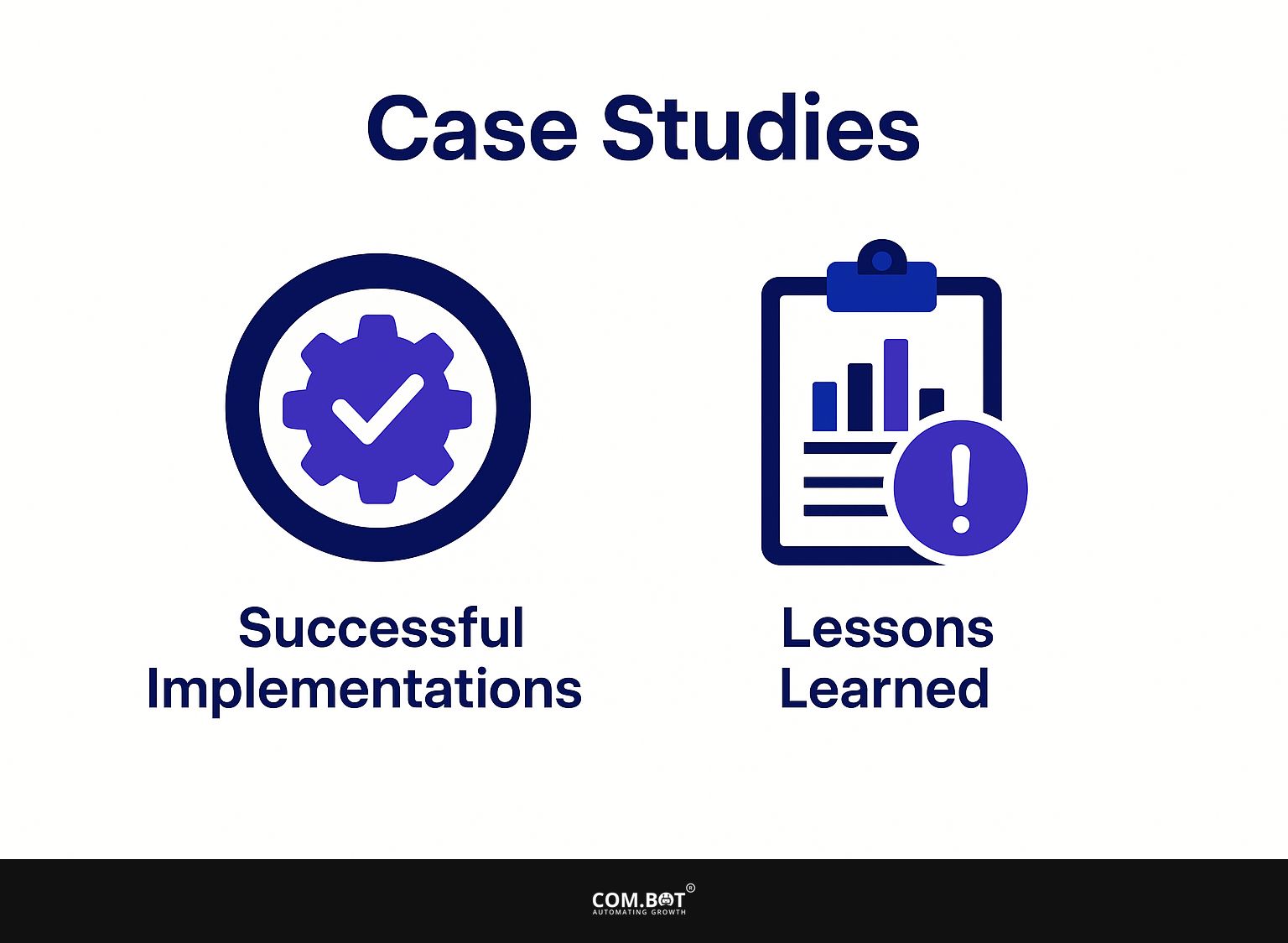
1. Successful Implementations
Joshua Odmark created a chatbot for a healthcare company that can talk in multiple languages, showing that multilingual support can greatly improve customer service.
For example, Odmark used Google Dialogflow to build an AI chatbot that answered patient questions in seven languages. Feedback highlighted a 40% increase in customer satisfaction and a 30% reduction in query resolution time.
Using Zendesk for analyzing interactions helped the team greatly improve the bot’s responses. These measurements indicate improved service quality and suggest that using several languages makes operations more effective, making it a practical choice for international companies.
2. Lessons Learned
Looking at the problems faced while setting up chatbots can help guide upcoming projects by showing where things can get better.
For companies thinking about using chatbots that speak multiple languages, it’s important to have strong language support and understand cultural differences.
For instance, businesses like Sephora saw improved engagement by localizing their chatbot’s responses and tone to align with regional preferences. They used tools like Locale.ai to experiment with different language styles and GPT-3 to create varied responses.
Using user feedback can improve performance, with changes made quickly. It’s important to set aside resources for regular training to stay updated with changing customer needs, providing a useful and efficient chatbot experience.
Future Trends in AI Chatbots
AI chatbots will soon be better at handling multiple languages thanks to improvements in Natural Language Processing (NLP). This advancement is particularly beneficial for AI bots in customer support, where language proficiency enhances user satisfaction and business efficiency. For an extensive analysis of this trend, our comprehensive study on AI bots for customer support explores the benefits and satisfaction they provide.
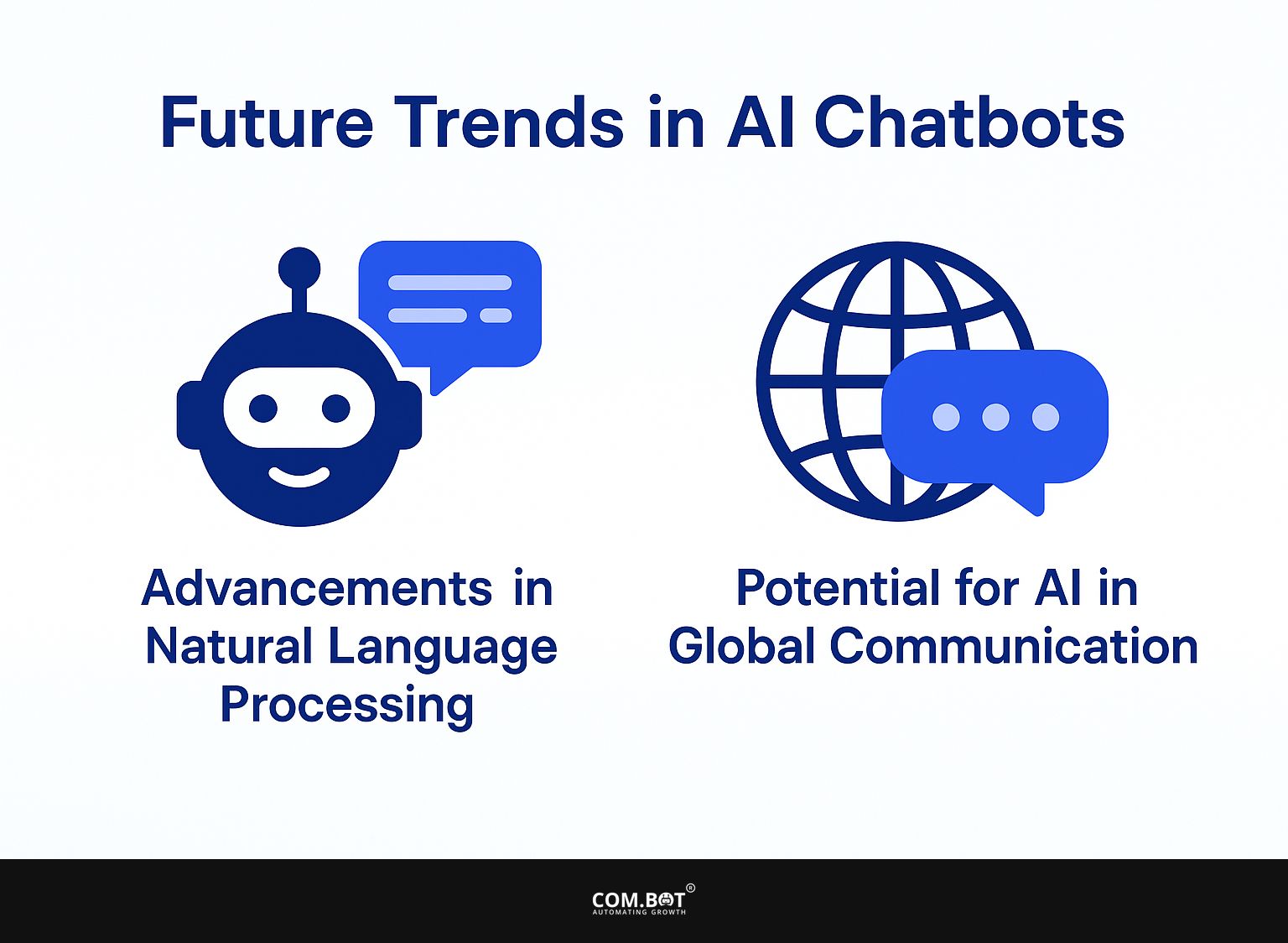
1. Advancements in Natural Language Processing
Recent advancements in NLP algorithms are enabling chatbots to better grasp context and provide more accurate responses in different languages. These improvements are due to advanced machine learning models like BERT and GPT-3, which analyze both keywords and context as well as emotions.
For example, using BERT helps a chatbot grasp specifics in user questions, making it very useful for customer service. Tools like Rasa or Dialogflow use these models to improve conversation quality, allowing businesses to make user experiences more interesting.
By using these solutions, companies can greatly reduce confusion and improve user satisfaction, leading to better interactions.
2. Potential for AI in Global Communication
AI chatbots will change global communication by overcoming language differences and providing immediate help to people around the world.
These innovations will likely include advanced multilingual capabilities, enabling chatbots to seamlessly translate conversations in real-time. For example, businesses could use tools like Google Cloud Translation or Microsoft Translator API to improve customer communication.
As natural language processing gets better, chatbots might start to grasp and reply in different dialects, which can help users feel more connected to them. This method can help build stronger cultural connections by allowing companies to customize responses to local specifics, improving both communication speed and clarity.
Frequently Asked Questions
1. What is the importance of multilingual support in AI chatbots?
Multilingual support in AI chatbots allows for effective communication with users who speak different languages, expanding the reach and impact of the chatbot. It also helps to cater to a diverse and global customer base.
2. What benefits can AI chatbots with multilingual support bring to businesses?
AI chatbots that support multiple languages can make customers happier by allowing easy and personalized conversations in the language they speak. They can also reduce language barriers, increase efficiency, and save costs by automating customer support and sales processes.
3. How is multilingual support implemented in AI chatbots?
Multilingual support in AI chatbots is implemented by incorporating natural language processing (NLP) and machine learning algorithms to understand and generate responses in multiple languages. Chatbots can study language datasets and use translation APIs to provide accurate and appropriate responses.
4. What are the challenges in implementing multilingual support in AI chatbots?
The main challenges in implementing multilingual support in AI chatbots include the availability of language datasets, maintaining accuracy and context in translation, and ensuring cultural sensitivity in communication. It also requires continuous training and updates to improve performance.
5. Can AI chatbots with multilingual support understand and respond to slang and informal language?
Yes, with the help of NLP and machine learning, AI chatbots can understand and respond to slang and informal language in different languages. However, it may need more training and adjustments to the chatbot’s algorithms.
6. How can I create a working multilingual support system for my AI chatbot?
To have a working multilingual support system for your AI chatbot, regularly check and assess how well it performs. Regularly updating and fine-tuning the chatbot’s algorithms and providing access to new language datasets can also improve its accuracy and effectiveness in handling multilingual conversations.
